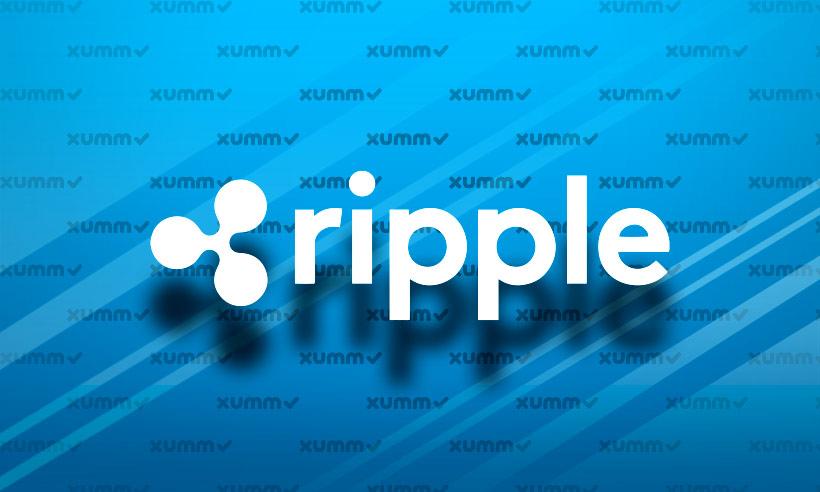Ripple's XRP Ledger Clawback Proposal for Regulators
Table of contents
Shawn Xie, who represents RippleX Developers, revealed the fundamental essence of the Clawback feature. At its centre, the Clawback includes an answer for backers looking for upgraded trust and security while keeping up with command over their given resources," Xie clarified. Strikingly, the advanced resource scene isn't without its difficulties. From lost account admittance to noxious exercises, guarantors frequently end up in circumstances requesting quick restorative activities. The Clawback highlight tends to these worries head-on. " The Clawback highlight awards backers the capacity to recover their given resources from token holders when confronted with difficulties that endanger security and honesty," Xie underscored.
XRP proposal 'clawback' to protect issued tokens from clawback
The proposal, which is tagged as 0039 XLS-39d, has the following technical details from GitHub: Clawback #94 is designed solely for issued assets, shielding XRP from the clawback mechanism. The proposition presents another exchange type, the Clawback exchange, which changes a trustline object, changing equilibriums and, if important, modifying pertinent banners. The xrpl.org site reveals insight into the administrative inspirations driving the Clawback highlight. It highlights the need for certain backers to recuperate tokens post-dissemination for administrative consistency. For instance, assuming that tokens coincidentally land in accounts related with unlawful exercises, guarantors could use the Clawback component to recuperate the assets.
XRP Clawback has checks and balances to keep payments secure: RippleX
The Clawback feature is a powerful tool, but it has checks and balances built into it. It's a discretionary element, purposefully impaired of course, guaranteeing that XRP stays unaffected. " By understanding that their resources won't be torn back randomly, holders can participate in exchanges with genuine serenity," Xie featured. Besides, the Clawback highlight is something beyond a responsive arrangement. Global standards and expectations are met by this strategic component of the XRP Ledger ecosystem's trust and safety framework.
With everything taken into account, Wave's presentation of the Clawback highlights its obligation to advancement, wellbeing, and administrative arrangement. RippleX welcomes the engineer local area to dive into the documentation, draw in with the code, and contribute criticism. The following stage is for the alteration to go through the agreement cycle, where validators vote on the changes. Assuming a change gets over 80% help for quite some time, it is acknowledged and applies for all time to all resulting record adaptations.

